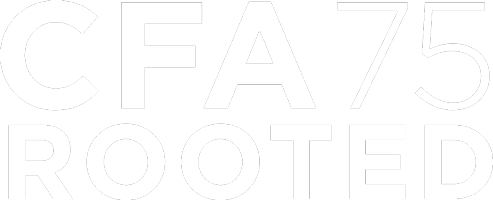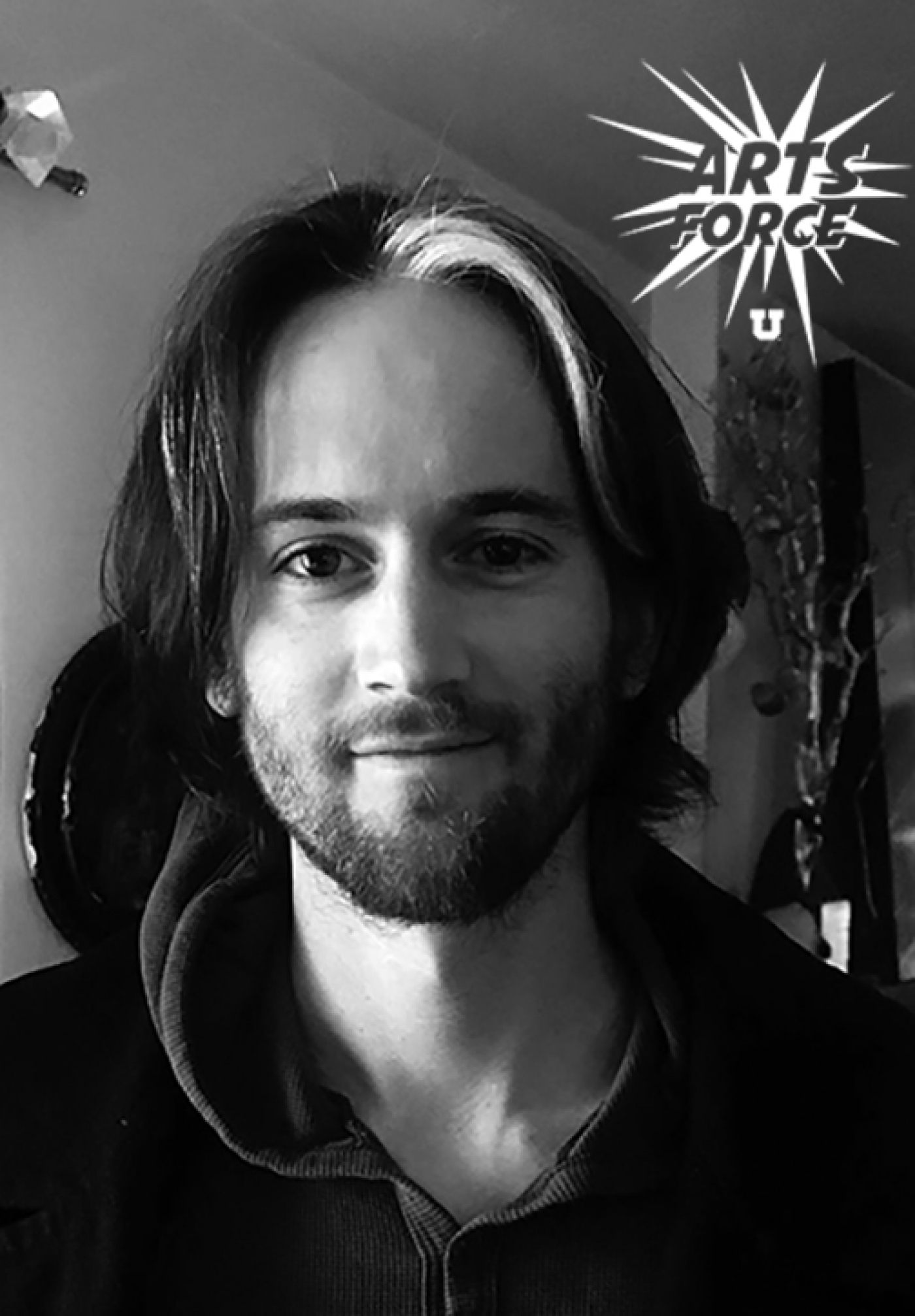by Cassandra Webb
Hi students of the CFA!
I had the pleasure of talking with Michael Christensen, Operations Manager at the Utah Arts Alliance. Michael is the Director of Utah Art Alliance’s annual public exhibit, and is also currently working on a new project called Art Sector. I wanted to ask him how he got involved with the arts after college, and found that you may not want to wait until your schooling is over to find ways to engage with the community!
After a few minutes of chatting about our love of science-fiction and speculating about the singularity, Michael explained what he does every day in his position. It turns out, he does a little bit of everything. He is the most involved in the Connect exhibit, the key advantage of which, is that it is not venue-dependent. In fact, the Connect gallery has been shown in other states as well as online. There is no curation process, so it is truly open to the public. There are also educational workshops or guest speakers at each event, so a little competition is not the only thing to be gained there.
The purpose of the upcoming Art Sector Project, Michael explained, is to let K-12 art programs in Utah share resources and materials with each other. This involves a ton of daily communication between the directors at the UAA and administrators at Utah schools. It also involves keeping track of procedures at every school that is involved to make sure that there is no resource competition, and everyone can collaborate as efficiently as possible.
Michael told me he was originally interested in sociology, which he studied at Weber State for two years before he was actively discouraged from applying his degree. He quoted a professor as saying, “whatever you do, don’t become a sociologist.” This, understandably made him rethink his degree and his place in college.
Shifting gears, Michael went on to create small local arts collectives at his school. His strategy was simple at first, creating flyers and canvasing directly to the artists on campus to get them to band together. As with any project, applying structure and regularity to an artist collective can cause people to fall off, as their work becomes more than a hobby. From this, Michael learned, “It is important to find a personal workflow you can manage, but consistently check off your to-do list as well. Finding that balance can be difficult for a lot of people."
I asked if Michael had advice for college or high school students who wanted to work in the arts. He explained that most people have a need to have their identity in “top billing” of what we work on. This is a useful instinct to have as an artist so that we don’t lose our core values or vision. However, your ego should be second to the purpose of your work. Be willing to collaborate with people who are also trying to help your community! He invited artists to ask themselves: “Are you focused on the service? Or are you focused on your personal brand?” Both are incredibly useful. You shouldn’t let your ego get in the way of helping others, just as you shouldn’t let mindless work dilute your vision.
ArtsForce Takeaways:
-
Engage with other local artists, don’t wait to graduate!
-
Collaboration takes humility, the end product comes before individuals.
-
Access to art will improve your community, share as often as you can.
*Author Cassandra Web is an ArtsForce Emerging Leaders Intern and an Art major with an emphasis in Painting and Drawing.


